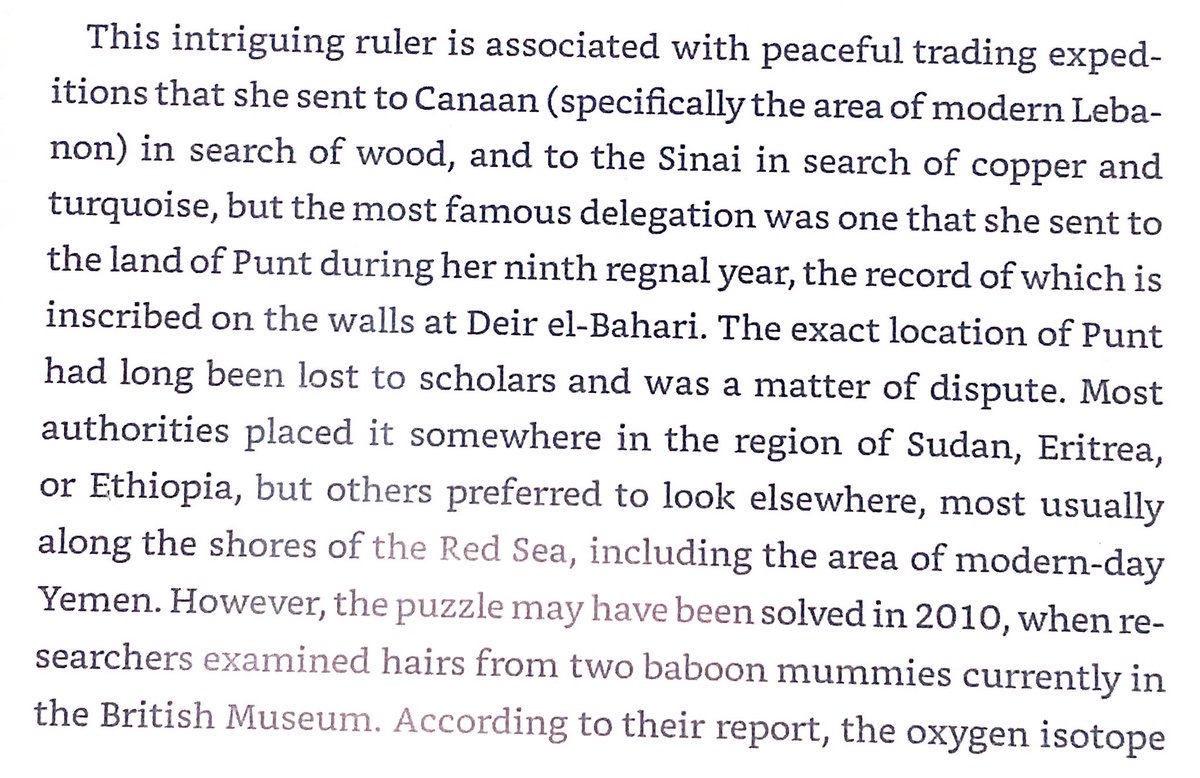
It was a cold, overcast, and wintry day. Someone decided to scrawl "Happy Birthday ❤️ Sun" on the sidewalk in front of a bleak apartment complex. 

Administration of the Udmurt Republic building - with the Udmurt flag flying at the same height as the Russian flag. The sheen on the ground is ice - you had to walk carefully to avoid falling. 

Izhevsk's most famous resident - Mihail Kalashnikov - was not forgotten. Several thousand locals are employed by the Kalashnikov Concern. 95% of Russian small arms are made in Izhevsk. 



Descendants of Indo-Europeans & their Uralic conquerors who subsequently mixed with Sarmatians, the Udmurts are about a seventh of Izhevsk's population. Their name for the city is "Izhkar". Seemed like a tenth of the local population had red hair. 



Two statues. Left is labeled "Izhevsk Weaponry" and has plaques celebrating the city's military manufacturing history. Right is a medieval man and woman with a boat. Can't read the plaque. 



Izhevsk Heat & Electric Center-1 next to the Izhevsk Pond. Built in 1934, it is one of the two power plants in Izhevsk. It operates with natural gas. 

• • •
Missing some Tweet in this thread? You can try to
force a refresh

































